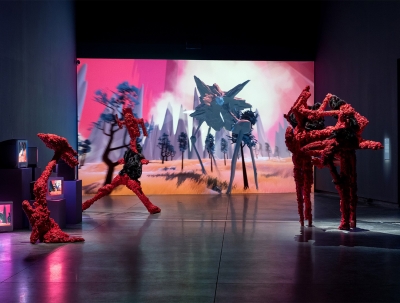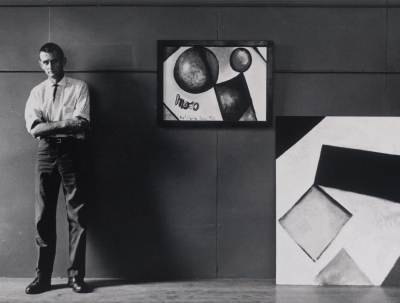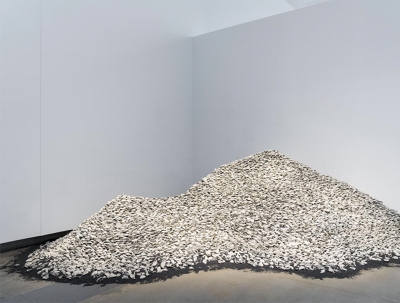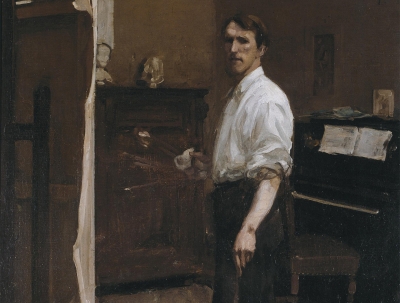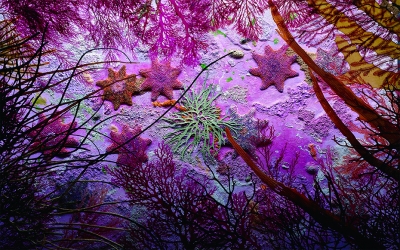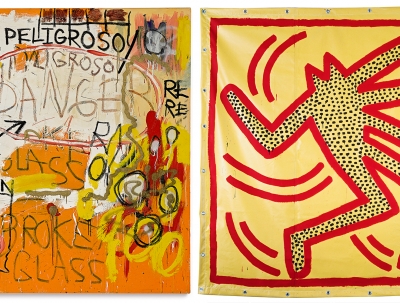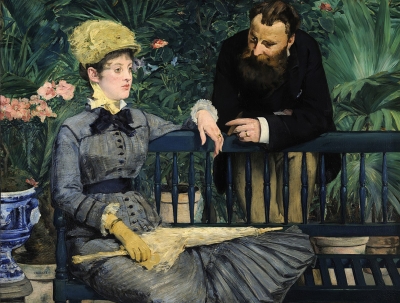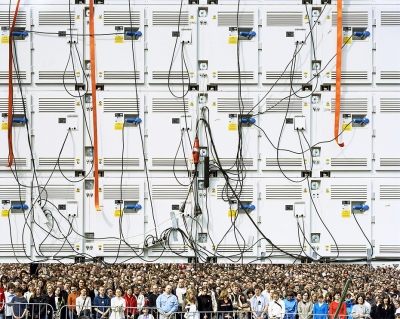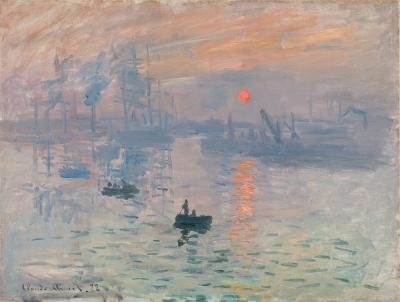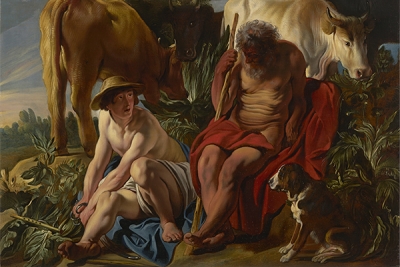Visual Arts
Feedback Loops, curated by Miriam Kelly, brings together artists from Australia and abroad to look at how those born in the 1980s negotiate identity and new media. Neither Gen X nor Millennial, this generation is known as ‘Xennials’ or ‘The Oregon Trail Generation’, in reference to The Oregon Trail (1985), a computer video game that was popular at the time.
... (read more)A Place to Paint: Colin McCahon in Auckland
New Zealander Colin McCahon is the greatest postwar artist of the two antipodean countries. Hands down. In his own country, McCahon (1919–87) is a household name, and the exhibition A Place to Paint: Colin McCahon in Auckland at Auckland Art Gallery Toi o Tāmaki, and the associated publication of Justin Paton’s McCahon Country (Penguin Books), celebrate his centenary. Surprisingly, though, many Australians don’t know McCahon’s work.
... (read more)Water. Life on earth can’t exist without it, but beyond the perfunctory, how often do we think about this essential element or about our relationship to it? This is the question at the heart of the blockbuster exhibition Water at the Queensland Gallery of Modern Art (QAGOMA). Through literal and allegorical renderings about water in its various incarnations, the exhibition invites contemplation on the ways that water impacts our lives, as individuals, communities, and more broadly as co-inhabitants of an increasingly fragile planet.
... (read more)It is with the artist John Longstaff’s words of condolence, quoted above, that the Hugh Ramsay exhibition at the National Gallery of Australia in Canberra draws to a close. Ramsay (1877–1906) was a promising Australian Edwardian painter who lived and worked for a time in Europe at the start of the twentieth century. His works constitute some of the most innovative and visually arresting examples of early-twentieth-century painting in Australian collections, while his sketches and illustrated letters tell of the experiences of youth and travel in the exuberant period that preceded the Great War.
... (read more)Story Time: Australian Children’s Literature
Like a party where you hope to see famous faces, this exhibition offers the familiar – the Green Sheep, the wombats, the Magic Pudding – but also the chance to meet half-remembered friends and to make new ones. Story Time: Australian Children’s Literature, the result of three years’ work by curator Grace Blakeley-Carroll, features works from NLA’s collection and beyond. In the exhibition’s companion book, Story Time Stars, Blakeley-Carroll writes that, ‘regardless of whether we have children in our lives, we were all once young and many of us hold dear the stories of our childhood’.
... (read more)Keith Haring | Jean-Michel Basquiat: Crossing Lines
In Keith Haring, Jean-Michel Basquiat: Crossing Lines, the National Gallery of Victoria presents a double portrait of the late, iconic, New York-based artists Jean-Michel Basquiat (1960–88) and Keith Haring (1958–90), becoming the first public museum to place their careers in direct dialogue. The retrospective presents many of both artists’ signature works. The vibrant juxtaposition creates a narrative of two ambitious rebels as rising stars in 1980s New York as well as a compelling snapshot of the heyday of the city’s bohemian Lower East Side.
... (read more)Five years ago, the J. Paul Getty Museum acquired Édouard Manet’s Jeanne (Spring), 1882, for US$61 million – a record for the artist. It was a bold acquisition, for later Manet – he died in 1883 – has never enjoyed the critical esteem of the earlier. Absurdly so, if you recall that the incomparable Bar at the Folies Bergère ...
... (read more)In the age of the image, photography being omnipresent, what can pictures tell us about ourselves as individuals and about the human race? What does an image of the constructed world reveal about our relationship to one another? Does our pursuit of tomorrow render the present expendable ...
... (read more)What makes this Monet exhibition different from any other Monet exhibition? This was the question at the forefront of my mind as I approached the National Gallery of Art’s exhibition Monet: Impressionism Sunrise. As one would expect, it is an exhibition about painting – colour, brushstroke, the rendering of light and dark by artists who ...
... (read more)A shift in the European mind is taking hold. The stable democracies of Germany and the Netherlands contrast sharply with an unstable France and a demagogic Italy. The northern tier has an increasing authority, politically and culturally. Art historically, the Amsterdam–Berlin axis challenges the hegemony of the Paris–Rome accord ...
... (read more)

